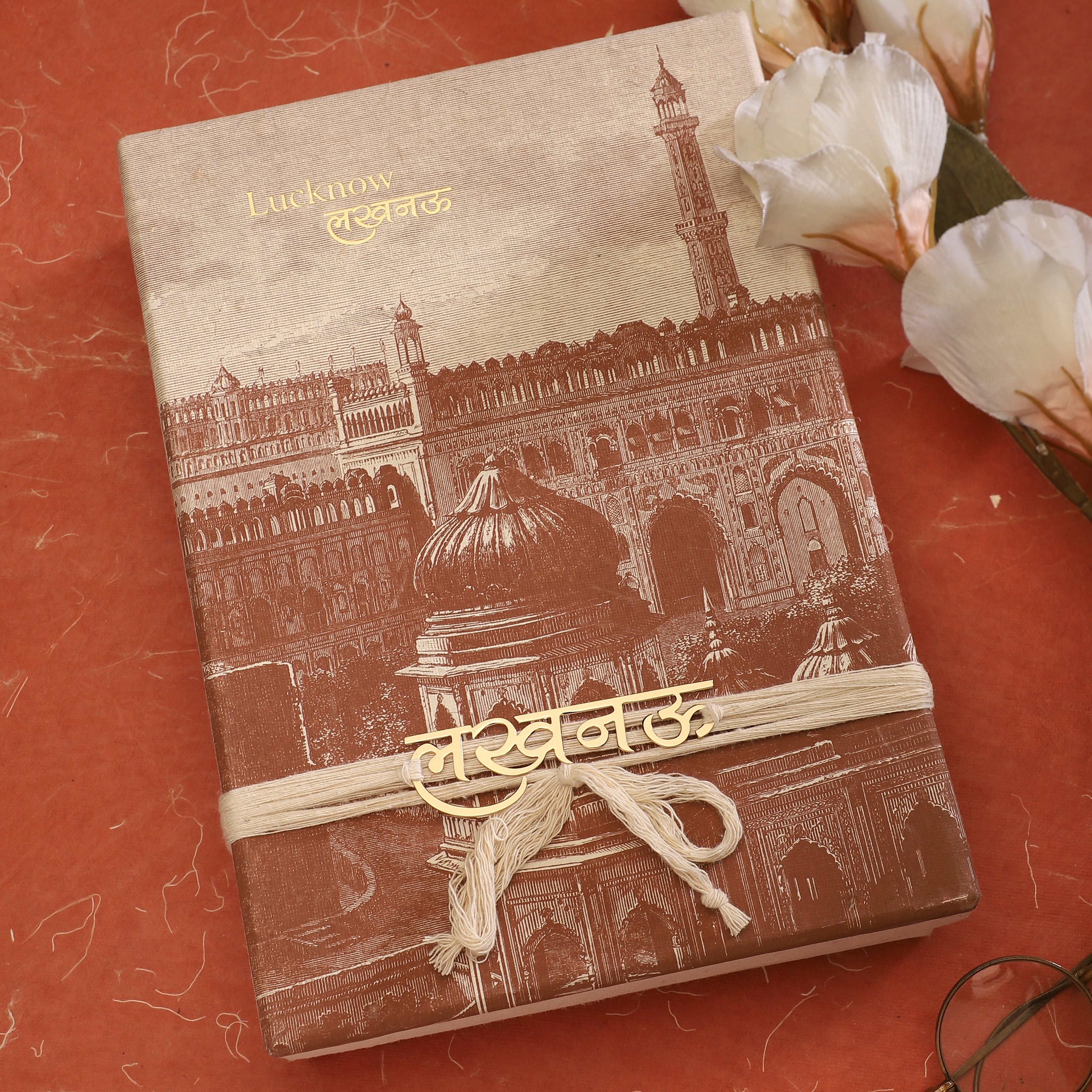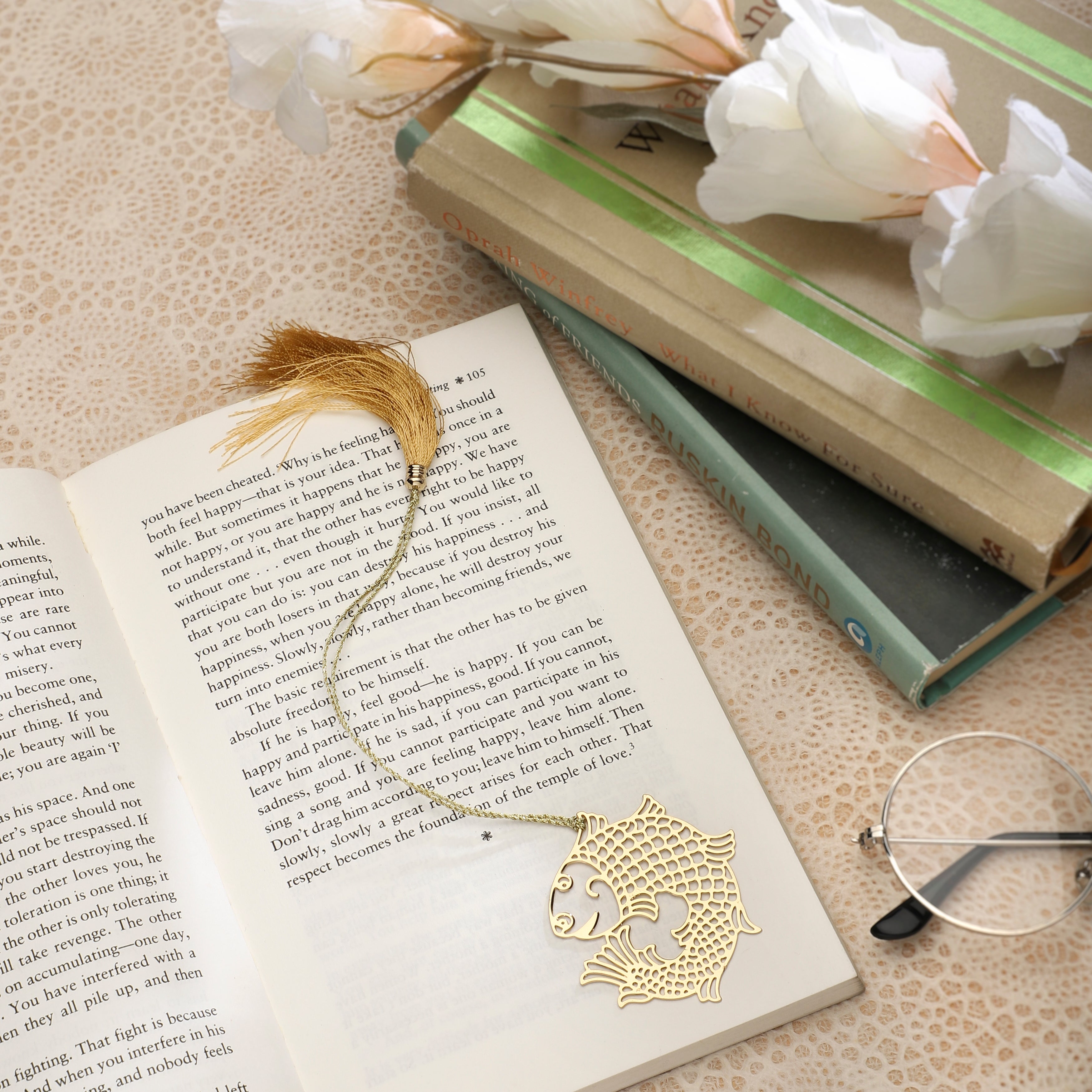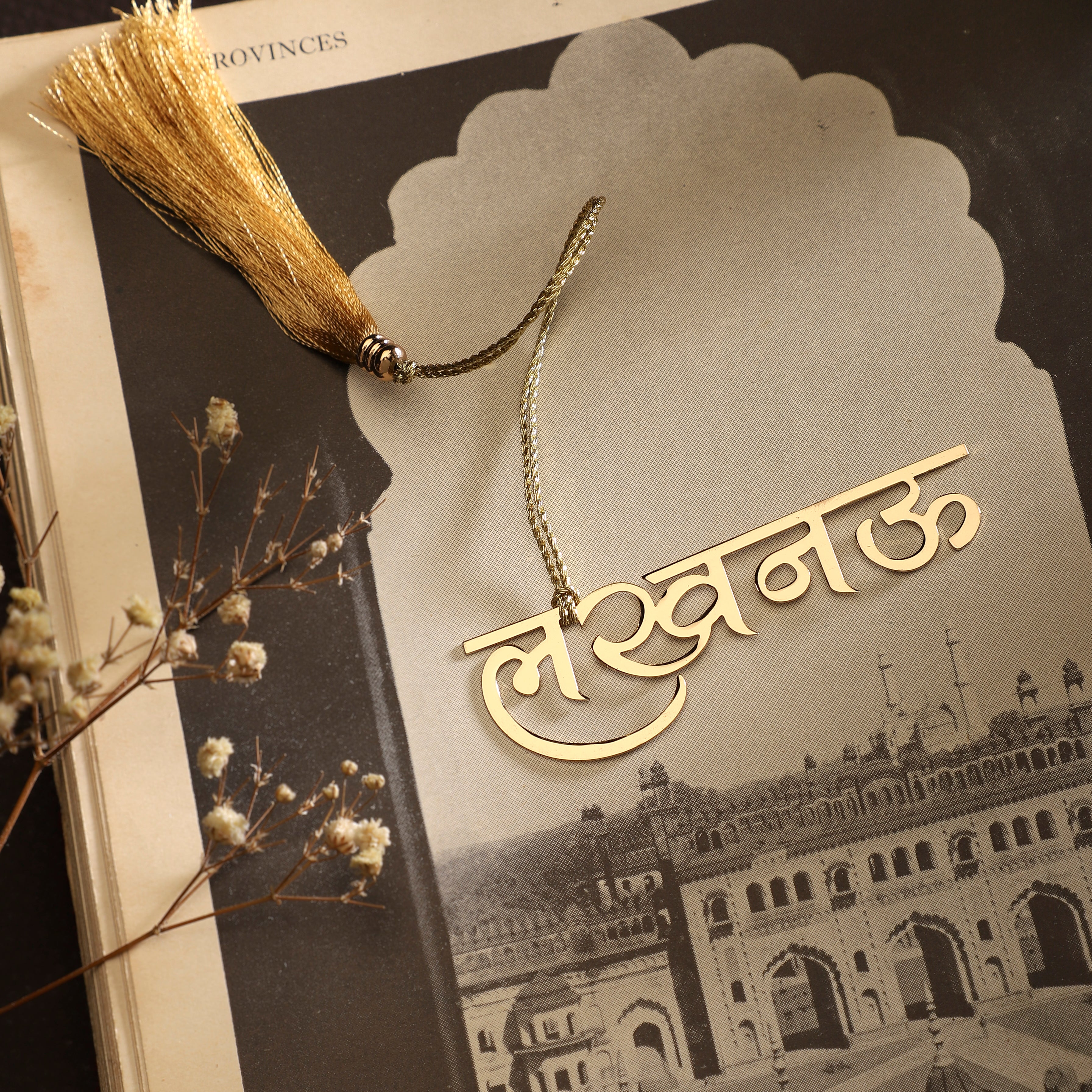Description
Lucknow City Themed Gift Box
Celebrate Lucknow's timeless charm and rich heritage with this beautifully curated gift box. Each item in this collection pays homage to the city's regal history, intricate artistry, and cultural legacy, making it ideal for history enthusiasts, art lovers, and those with a refined taste for tradition.
This elegant gift box includes:
-
One Handstitched Recycled Paper Journal with Chikankari Textile Cover: This unique journal is a testament to Lucknow's famed craftsmanship. Its cover is bound in delicate chikankari textile, a centuries-old embroidery technique that reflects the city’s cultural elegance. The journal is made from recycled paper, handstitched for durability and artisanal beauty—perfect for recording your thoughts, stories, or creative ideas.
-
One Pencil with Brass Fish Charm: Inspired by the emblematic fish motif of the Nawabs of Lucknow, this beautifully designed pencil is adorned with a brass fish charm. The fish represents prosperity and is a symbol deeply rooted in the city's royal heritage, adding a touch of royalty to your writing experience.
-
One Fish Motif Bookmark: Inspired by the 'Mahi Maratib' fish, a symbol of nobility and honour in Lucknow's courtly traditions, this exquisite brass bookmark brings a piece of the city’s royal past to your reading moments. Designed with intricate detailing, this fish motif was once cherished by the Nawabs and now can be a part of your personal collection.
-
One Gift Box with Imambara Drawing Cover: All these thoughtfully crafted items are packaged in a stunning gift box, adorned with a drawing of the iconic Imambara, one of Lucknow's most famous architectural landmarks. The box itself becomes a keepsake, echoing the grandeur of the city's historic architecture and artistic brilliance.
- One Booklet On The History Of Lucknow
Whether you're gifting this to someone special or adding it to your own collection, the Lucknow City Themed Gift Box by Anand Prakash is a true celebration of heritage, craftsmanship, and cultural elegance—an extraordinary tribute to the royal city of Lucknow.
Gift Box Content
- One A5 handstitched journal with recycled paper pages
- Cover of the journal: Hand-embroidered Chikankari Textile from Lucknow
- One Fish motif bookmark
- One handmade pencil with a metallic fish charm
- One handprinted booklet that speaks about the history of Lucknow
- One Lucknow-themed gift box for the above
- Handprinted by silkscreen
- Dimensions: Gift box - 23.30 x 16.50 cms
Lucknow, the capital city of Uttar Pradesh, India, has a rich and complex history. It was part of the ancient region of Awadh, which is spelt "Oudh" in British historical texts.
The Nawabs were rulers who the Mughal Emperor granted governance of the region. The Nawabs, especially Nawab Asaf-ud-Daula, are credited with turning Lucknow into a cultural and artistic capital. This period is known as the golden age of Lucknow, when the city became famous for its cuisine, music, poetry, and dance. The Nawabs also built many beautiful monuments and buildings, such as the Bara Imambara, Chota Imambara, and Rumi Darwaza.
In 1775, the British East India Company established a residency in Awadh, marking the beginning of increasing British influence. In 1856, the British annexed Awadh, deposing the last Nawab, Wajid Ali Shah, and incorporating the region into British India. The annexation was one of the causes of the Indian Rebellion of 1857.
Lucknow played a crucial role in the Indian War of Independence in 1857, also known as the Indian Rebellion. It was one of the key centers of the uprising. After the rebellion was suppressed, Awadh was officially and fully integrated into British India.
After India gained independence in 1947, Lucknow became the capital of Uttar Pradesh. The city has since continued to grow and develop into a major center for education, commerce, and culture in northern India. Today, Lucknow is renowned for its rich cultural heritage, cuisine, art, music, and dance. It remains a popular tourist destination, with many historical monuments, museums, and parks.
The culture of Lucknow, or Awadhi culture, is a blend of Persian, North Indian, and British influences. Known for its elegance and sophistication, Lucknow’s heritage includes rich literature, music, dance, and a unique culinary tradition.
Lucknow is also famous for its Urdu language and its unique dialect, Lucknowi Urdu. This dialect has a soft and polite tone reflecting the city's historical emphasis on etiquette and manners, known as "Tehzeeb" or "Adab."
Chikankari Embroidery
Chikankari embroidery, originating from Lucknow, is a centuries-old art form renowned for its exquisite craftsmanship and delicate designs. This traditional technique has been passed down through generations of skilled artisans, preserving its elegance and charm. The term 'Chikankari' is believed to be derived from a Persian word, possibly chikan, meaning delicate embroidery or cloth adorned with needlework.
The history of Chikankari is often linked to the Mughal era, with popular lore suggesting that Noor Jahan, the wife of Emperor Jahangir, was instrumental in popularizing this craft. While the exact origins are debated, it is clear that under Mughal patronage, particularly in Lucknow, Chikankari flourished, becoming a hallmark of the region’s cultural heritage.
Chikankari is characterized by intricate hand-embroidered patterns created using a variety of stitches, including flat stitch, chain stitch, herringbone stitch, and shadow work. These stitches bring to life delicate motifs inspired by nature, such as flowers, leaves, vines, and birds.
Traditionally, Chikankari embroidery was done on fine white muslin or cotton fabric using white thread, lending it a subtle and sophisticated appearance. However, as fashion evolved, Chikankari has expanded to include a variety of fabrics, such as silk, chiffon, and georgette, with more vibrant threads and designs that blend tradition with contemporary fashion.
Fish Motif - Mahi Maratib
Originally the 'Mahi Maratib', the fish was a Mughal emblem of bravery. Despite being landlocked, the twin fish motif defines Lucknow, an icon said to have been adopted when Sheikh Abdur Rahim, the Governor of Awadh, considered two fish leaping into his lap as a good omen. This symbol was then integrated into the royal insignia.
From the iconic Imambara to other historic buildings in Lucknow, the motif of a pair of fish is prominent. This omnipresent symbol is influenced by the region's rich Awadhi and Mughal heritage.
Presently, the symbol has permeated every facet of Lucknow's identity, from architectural details in historic gates and buildings to the patterns in organza Chikankari saris and modern logos.






